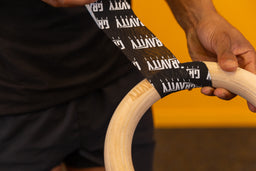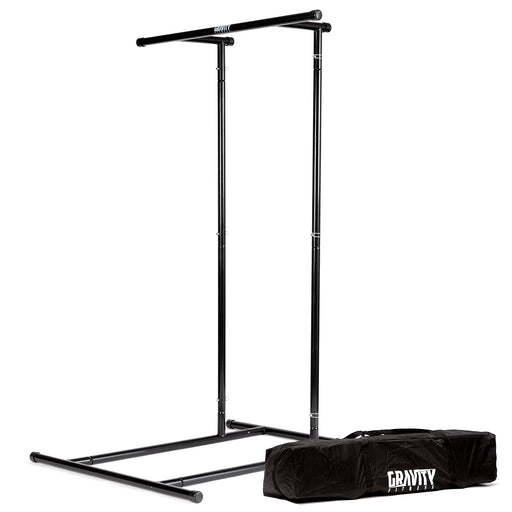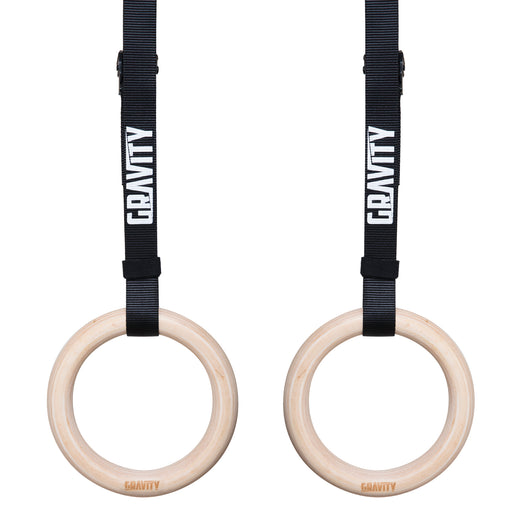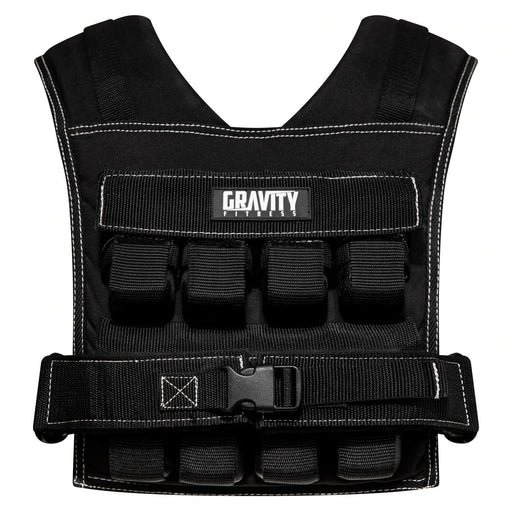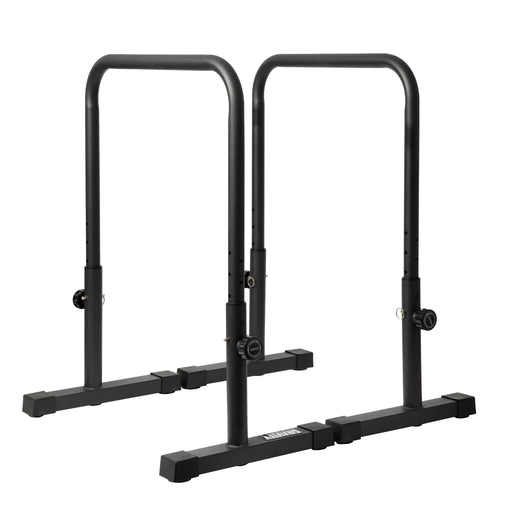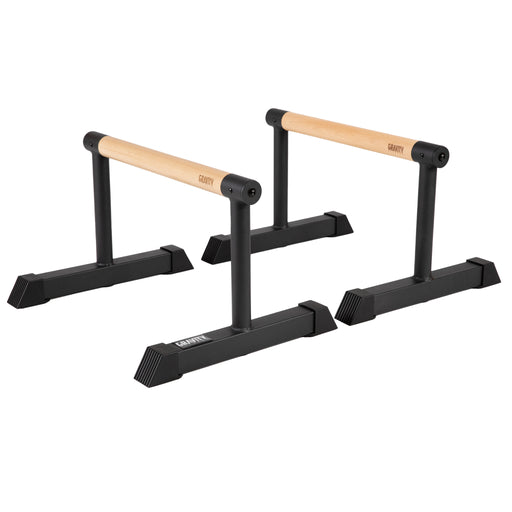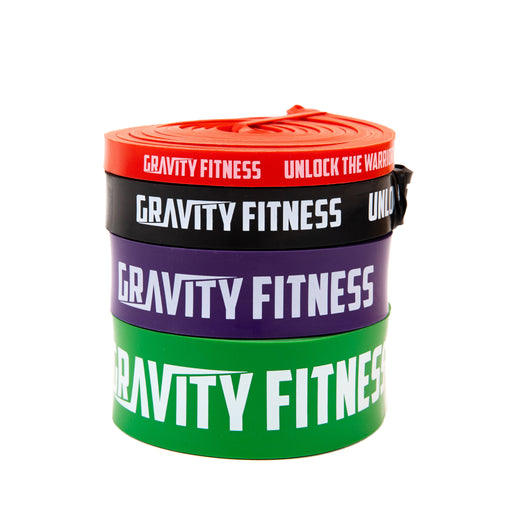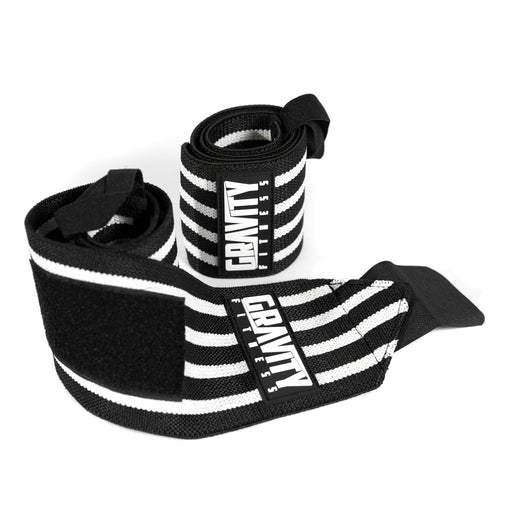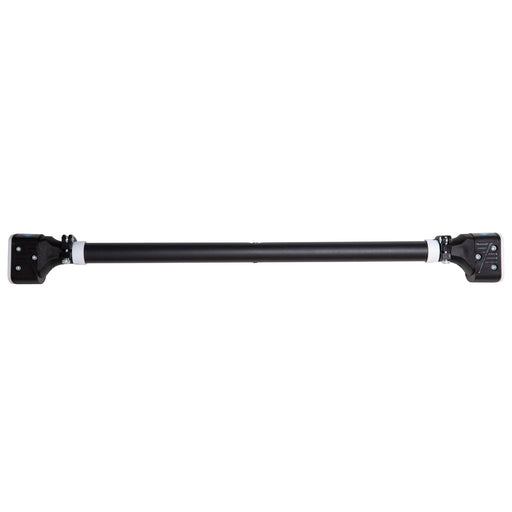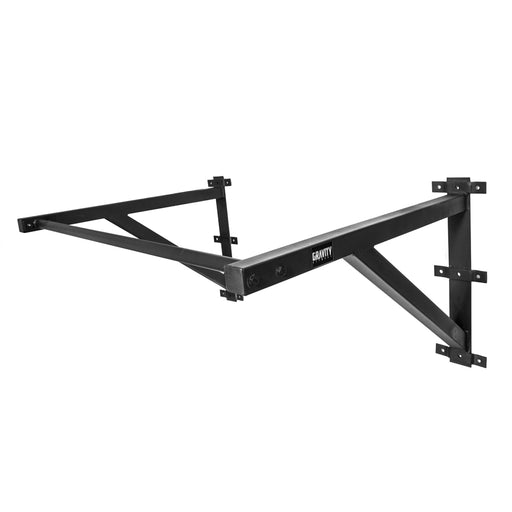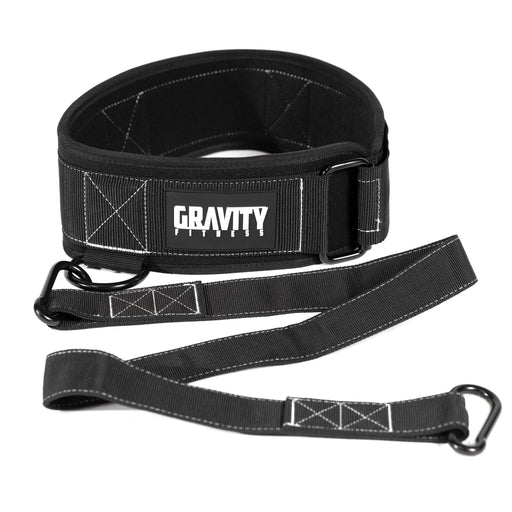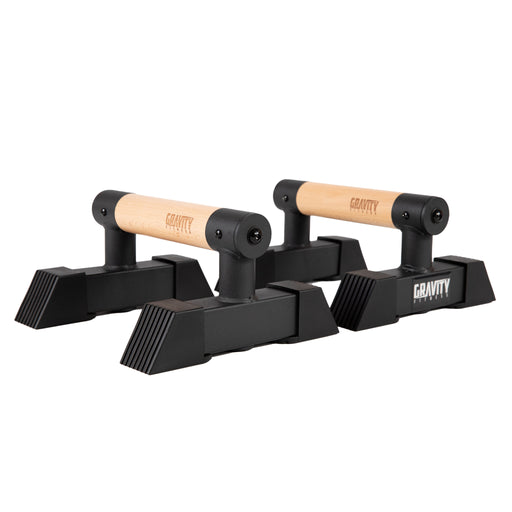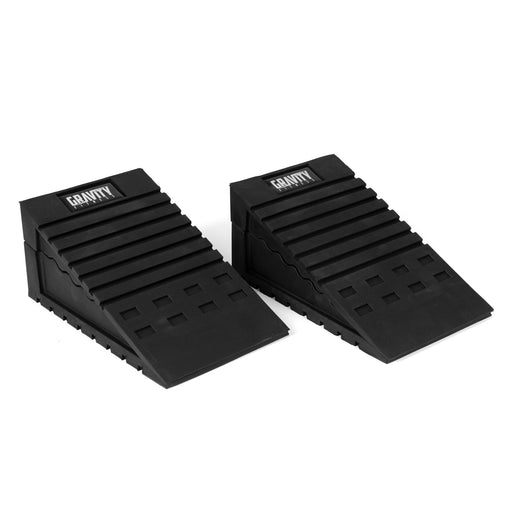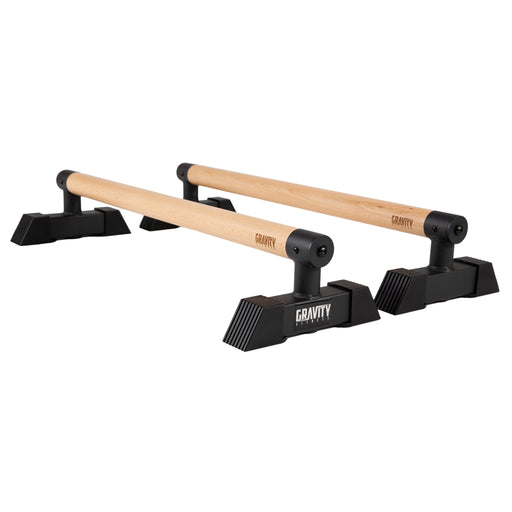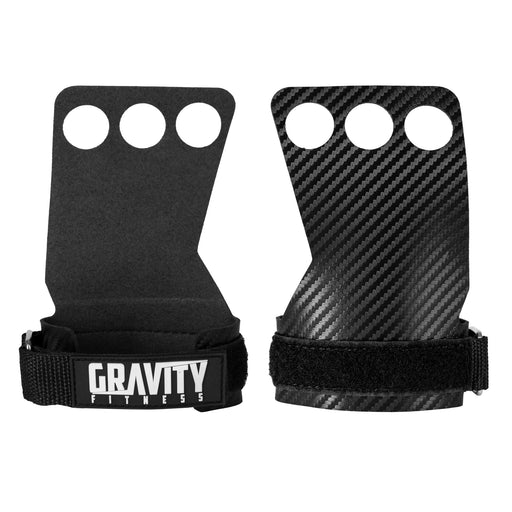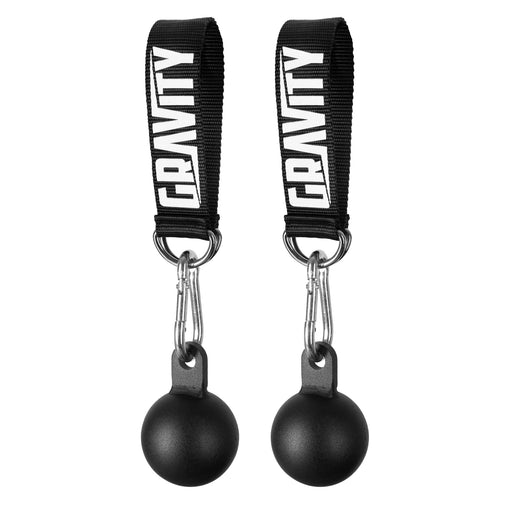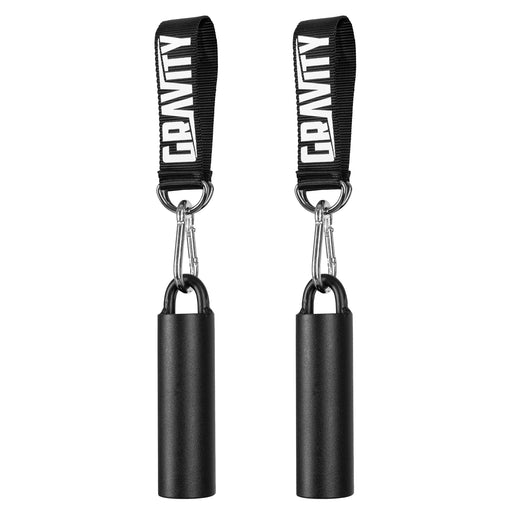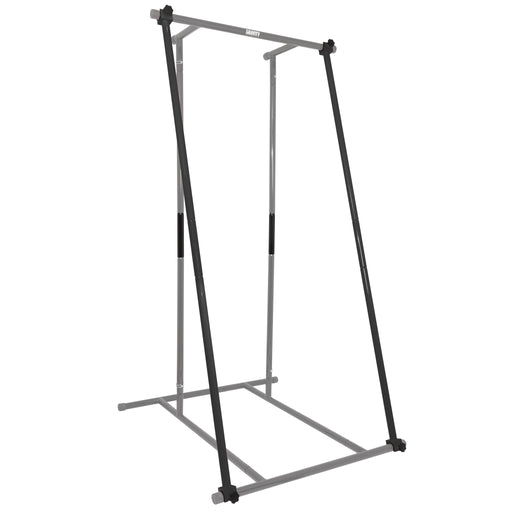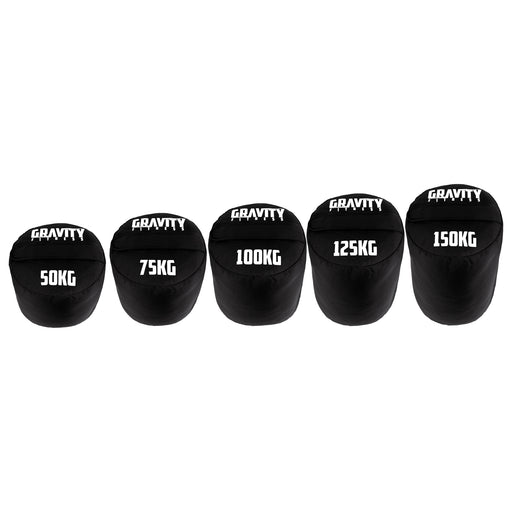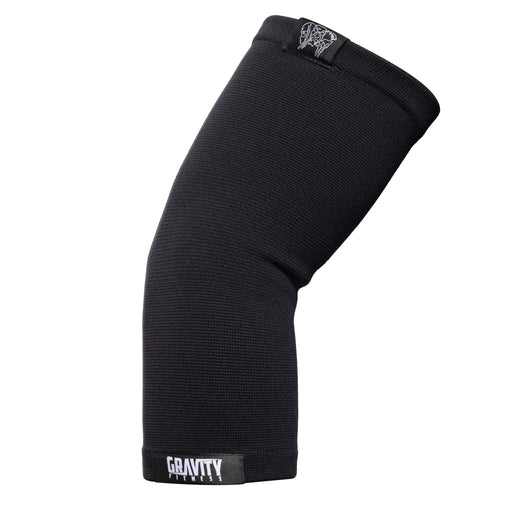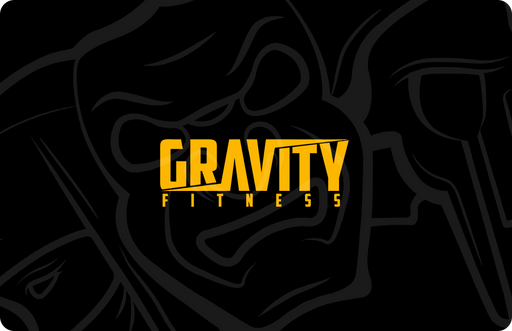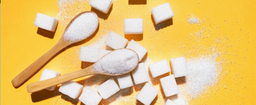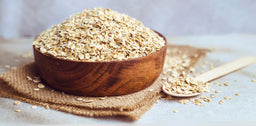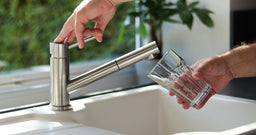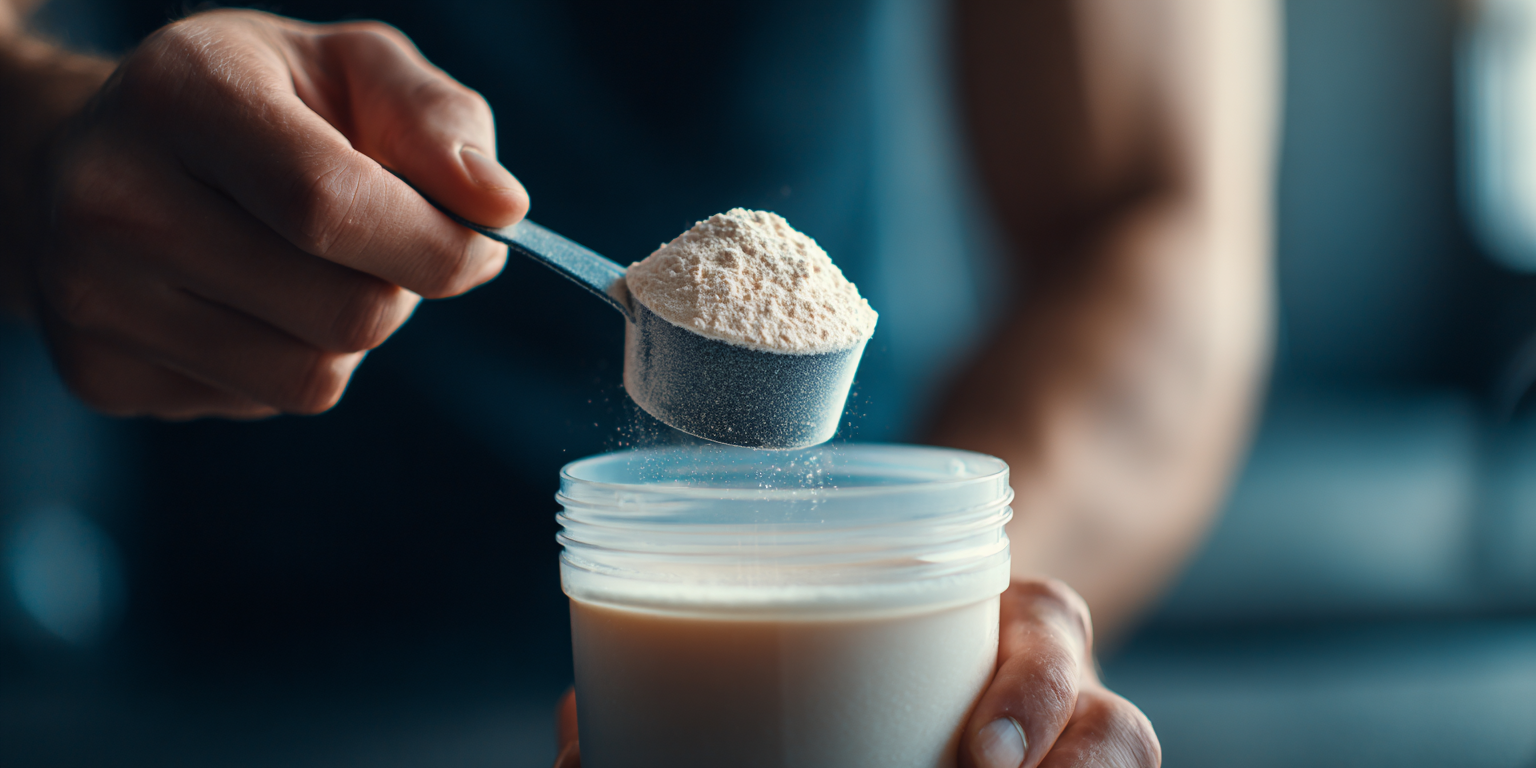
Why Creatine is Amazing for Muscle Growth - Science, Myths, and How to Use It
Creatine is one of the most studied and effective supplements in sport. It’s a naturally occurring compound your body makes (and you also get from foods like red meat and fish) that helps recycle ATP — your muscles’ “instant energy” — during short, intense efforts. By increasing your intramuscular phosphocreatine stores, creatine lets you squeeze out more reps, recover faster between sets, and accrue more high-quality training volume. Over weeks and months, that extra work adds up to real strength and muscle gains.
What exactly is creatine?
About 95% of your body’s creatine lives in skeletal muscle, mostly as phosphocreatine (PCr). During explosive or high-intensity efforts (sprints, jumps, heavy sets of 1–12 reps), PCr donates a phosphate to ADP to rapidly regenerate ATP — keeping power output high. Supplementing with creatine monohydrate increases muscle creatine/PCr levels, improving repeated-bout performance and training adaptations.
Common creatine myths (and the facts)
Myth 1: “Creatine is a steroid.”
Fact: It’s not a hormone or a steroid — it’s a nutrient compound with decades of safety and efficacy data in athletes and clinical populations. The International Society of Sports Nutrition (ISSN) calls creatine monohydrate the most effective ergogenic supplement for increasing high-intensity exercise capacity and lean mass when combined with training.
Myth 2: “Creatine dehydrates you and causes cramps.”
Fact: The best available data show the opposite. In a 3-year study of NCAA football players training through the heat, creatine users had fewer cramps, fewer heat illnesses, and fewer total injuries than non-users. Creatine also increases total body water inside the muscle (cell hydration), which doesn’t compromise fluid balance.
Myth 3: “Creatine harms your kidneys.”
Fact: In healthy people, short- and long-term studies (up to 5 years; even alongside high-protein diets) show no adverse effect on kidney function when creatine is used within recommended doses. People with pre-existing kidney disease should consult a clinician, but the mainstream claim that creatine “damages kidneys” in healthy users isn’t supported by evidence.
Myth 4: “You must load and cycle creatine.”
Fact: Loading (e.g., ~20 g/day for 5–7 days) is optional — it fills your muscle stores faster. Taking 3–5 g/day without loading also saturates stores; it just takes longer. There’s no good reason to “cycle” off creatine for healthy users.
Myth 5: “Creatine causes hair loss.”
Fact: One small 2009 study in rugby players reported higher DHT during a short loading phase, which sparked the rumour. Newer work has not found effects on hair or androgen levels, and there’s no direct evidence that creatine causes hair loss. If you’re concerned, avoid very high caffeine intake at the exact time you load (see caffeine note below) and stick to the standard 3–5 g/day.
The science: what creatine actually does for muscle
-
Stronger lifts & more reps: Meta-analyses and systematic reviews consistently show greater increases in upper- and lower-body strength when creatine is paired with resistance training versus training alone.
-
More lean mass over time: Across age groups, creatine plus resistance training produces larger gains in lean mass than training alone (lean mass is a proxy for muscle, albeit imperfect).
-
It’s not “just water weight”: Creatine does increase intracellular water (a good thing for cell signalling and performance), but the long-term strength and size gains reflect greater training adaptations, not temporary bloat
-
Works for more than bodybuilders: Older adults see meaningful improvements in lean mass and strength when creatine is paired with resistance training — helpful for healthy ageing and functional capacity.
Bonus: brain benefits (early but promising)
Creatine supports cellular energy in the brain as well. A systematic review reported improvements in memory and reasoning tasks (especially under stress or sleep deprivation), with vegetarians sometimes responding more due to lower baseline stores.
Best application: how to use creatine in your training
1) Choose the form
Go with creatine monohydrate. It’s the gold standard: most studied, most effective, most cost-effective. Alternatives like creatine ethyl ester or HCl haven’t shown superiority (CEE is actually worse at raising muscle creatine). Micronised monohydrate just mixes a bit easier.
2) Dose
-
Daily: 3–5 g/day.
-
Optional loading: ~20 g/day split into 4 doses for 5–7 days, then 3–5 g/day to maintain. Loading saturates faster; skipping it works too — it just takes ~3–4 weeks to fully saturate.
3) Timing
Take it whenever you’ll remember. Some small studies suggest slightly better outcomes post-workout, but across the literature, consistency beats timing.
4) With food?
Insulin helps drive creatine into muscle. Taking creatine alongside carbohydrate and/or protein can enhance uptake — useful during loading or if you want to be efficient, but not mandatory.
5) What to pair it with in training
You’ll get the best return by pairing creatine with progressive resistance training (barbell work, calisthenics, weighted vest sessions). More quality reps and sets = bigger stimulus for growth.
6) Caffeine?
Evidence is mixed. A classic study found high-dose caffeine during a creatine loading protocol blunted performance, while more recent work suggests low-to-moderate caffeine doesn’t meaningfully interfere. Practical takeaway: if you’re worried, keep caffeine ≤3 mg/kg and/or separate caffeine and creatine timing.
Safety snapshot
-
Healthy users: Long-term data (including up to 5 years of use) show creatine is safe and well-tolerated when taken as directed. It does not harm kidney function in healthy people.
-
Hydration & cramps: No increase — if anything, large field data show lower cramp and heat-illness rates among creatine users in hot, humid training.
-
Who should ask a clinician first? Anyone with pre-existing kidney disease or those advised by their healthcare professional. (Creatine can raise creatinine on blood tests — a benign lab change that can confuse results without context.)
TL;DR
-
Creatine monohydrate is safe, affordable, and effective for building muscle and strength when paired with training.
-
Loading is optional; 3–5 g/day works great if you’re consistent.
-
Myths about dehydration, cramps, and kidney damage in healthy users don’t match the evidence.
- It may also support cognitive performance under stress or sleep loss.














